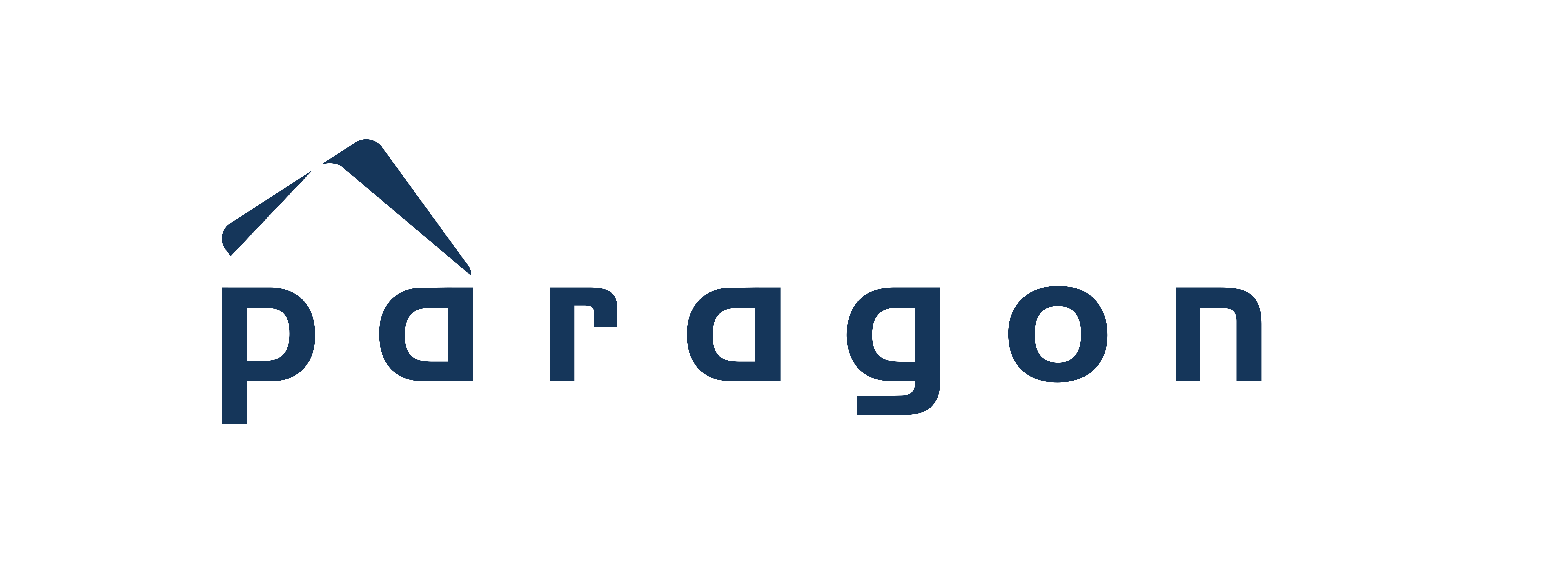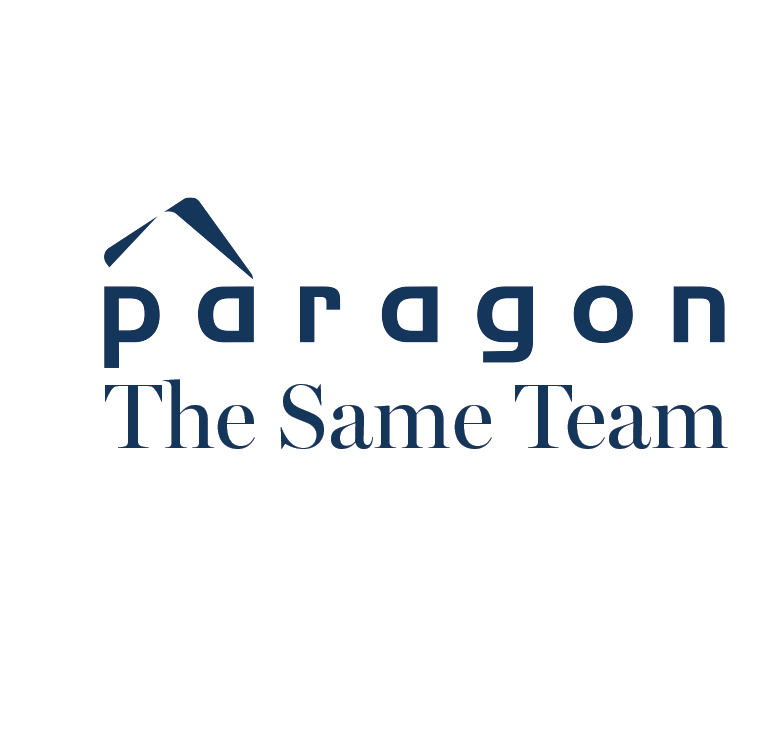
The Reserve Bank of Australia (RBA) has set the cash rate at 4.10% in a move widely predicted by markets and economists.
REA Group senior economist Eleanor Creagh said both buyer confidence and borrowing capacities will be boosted now interest rates have begun to fall.
With rates now down for the first time in 14 months, homeowners will be looking to lenders to pass on that saving directly.
PropTrack has calculated the savings Aussies on various mortgages can expect to see after today, assuming the current average mortgage rate for new borrowers of 6.26%.
House prices continue to fall
The median value of a house in Australia is $796,000, according to the PropTrack January 2025 Home Price Index.
Sydney, Brisbane and Canberra remain the nation’s most expensive capital cities, while Perth and Adelaide have seen the greatest annual growth in value in the past 12 months.
High interest rates and the cost-of-living crisis have done little to put a dent in demand for housing over the last six months. Affordability contains continue to plague the market, which only just saw its first downturn in December after 23 months’ growth.
The Home Price Index for January showed another small fall for the month against the backdrop of a surge in stock for sale.
As a result of today’s rate cut, Ms Creagh said price falls seen over the past two months could be short lived.
“They may also reverse with the slight improvement to affordability and buyer confidence driving renewed demand and price growth,” she added.
Despite the 3.8% increase to the cost of an average Australian house in the past 12 months, two consecutive downward trending months meant the national median home price slipped slightly to $796,000.
Homes in Sydney saw median prices dip slightly in January – down 0.2% to $1,101,000, while in Adelaide, Brisbane and Perth median prices remained relatively flat at $795,000, $871,000 and $775,000 respectively.
Melbourne has continued to struggle to regain its pre-COVID ranking of Australia’s second most expensive city, with growth down 3.4% in the past year and 0.3% for the month, putting its median at $779,000.
“Housing affordability is at the worst level in three decades, which means the price uplift could be more muted compared to previous easing cycles,” Ms Creagh said.
“This rate cutting cycle is expected to be shallow, resulting in the pace of home-price growth trailing the strong performance of recent years.”
Housing wars
With the increased choice of properties on buyers’ minds, things could go either way as property business picks up.
Mortgage Choice chief executive Anthony Waldron said he expected to see an uptick in refinancing activity off the back of today’s rate cut.
Refinancing activity was up 10% nationally in the December quarter – up from an -0.4% decline in the three months to 30 September – according to the latest Mortgage Choice Home Loan Report.
Mr Waldron said it was clear borrowers were firmly on the hunt to lock in better deals – activity a rate cut is only likely to exacerbate.
“When home loan interest rates fall, I expect refinancing activity to surge,” he added.
More rate cuts ahead?
Today also marks the first of what major banks are forecasting could be up to four rate cuts in 2025.
Economists at Commonwealth Bank and Westpac – Australia’s two largest lenders – predict today will be followed by three more rate cuts this calendar year, while ANZ has factored in a more conservative expectation of just one more cut.
National Australia Bank is predicting five cuts this year and was also the first of the big four to slash the cost of its fixed-rate home loan product earlier this month.
Whether banks and lenders will pass on rate cut benefits to house-hungry Australians is always another story.
Ms Creagh said confirmation from the Australian Bureau of Statistics that inflation is moving lower was a positive sign.
“Underlying inflation has reached its lowest level since December 2021, and below the Reserve Bank’s forecast of 3.4%,” she said.
“As a result, the RBA has re-evaluated the strength of underlying inflation.
“Although the unemployment rate remains low, the undershoot in inflation has allowed the Reserve Bank to begin its rate-cutting cycle today, with increased confidence that underlying inflation is on track to return sustainably to target.”
Sourced from realestate.com




